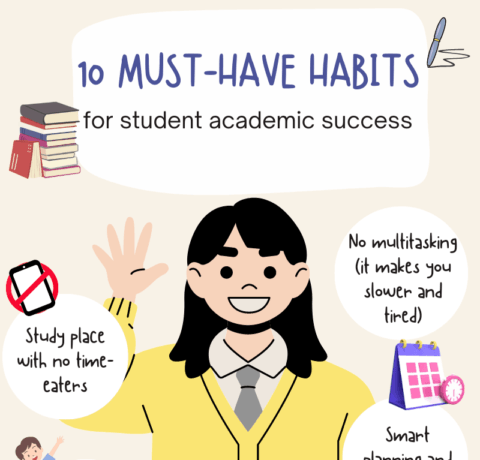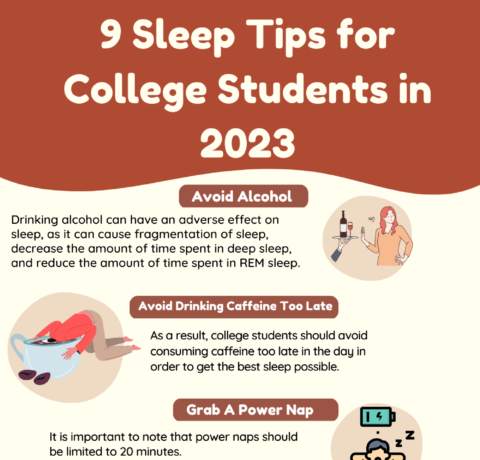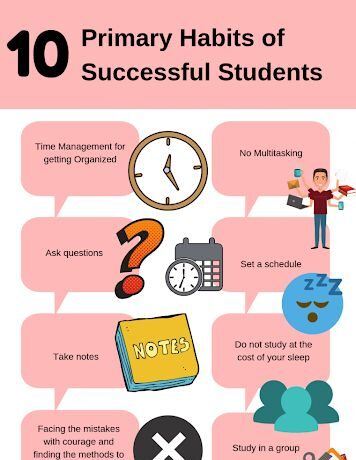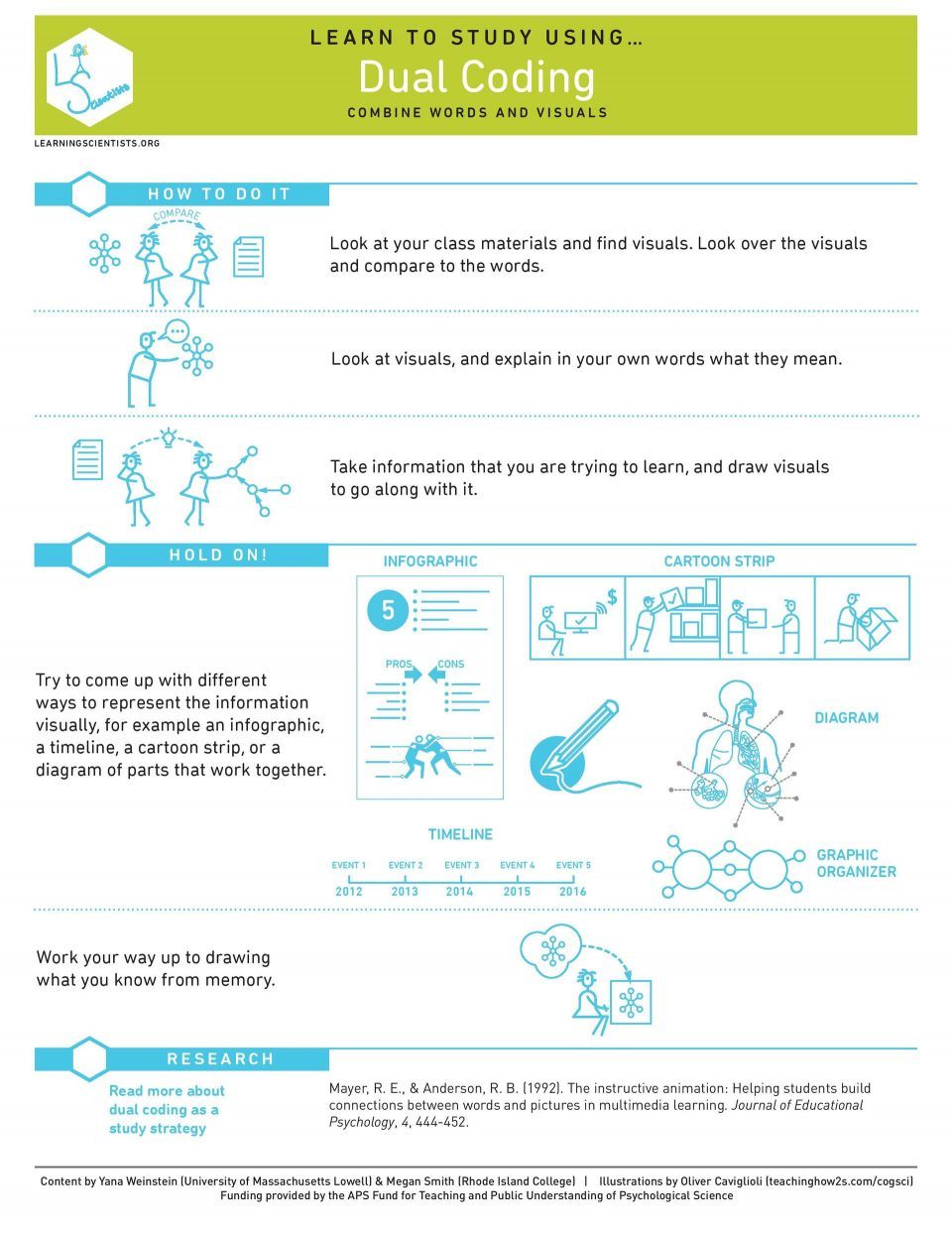How to Study Using Dual Coding Infographic
Here’s an infographic about Dual Coding from the Learning Scientists. Dual Coding takes advantage of our brain’s natural orientation towards visual images. In fact, 60-70% of the human’s brain receptors geared for visual processing.
Dual coding is a simple process of coding visual material into words and concepts into visual material. Here’s how it works:
- Look at class materials, find visuals, and compare the visuals to words.
- Look at visuals and explain in your own words what they mean.
- Take information you are trying to learn and draw visuals to go along with it.
- Try to come up with different ways to represent the information visually (ex: infographic, timeline, cartoon, diagram, graphic organizer).
- Work up to creating visuals without looking up the information.
While there is much more research supporting spaced practice and retrieval practice, dual coding seems to work well because it spreads activation between neurons.
Our brains have interconnected maps of information. Due to these connections, whenever we activate one of the maps, all other maps connected to it become activated as well. This is known as spreading activation. Dual coding helps facilitate this process by pairing the visual images with the content.







You can adjust your cookie preferences here.